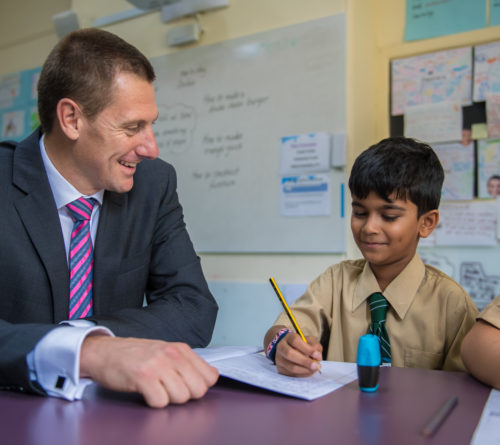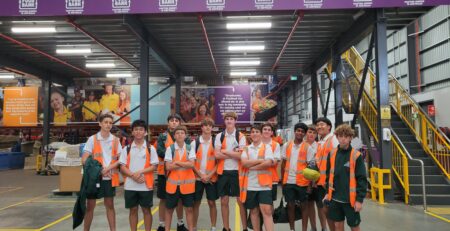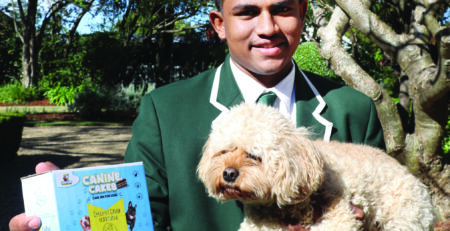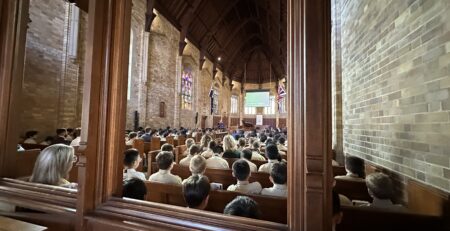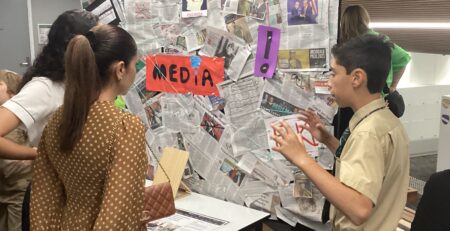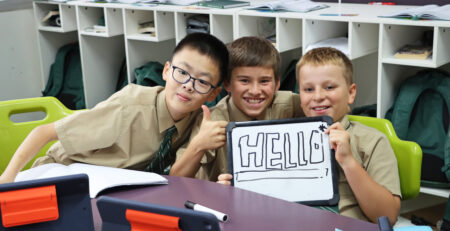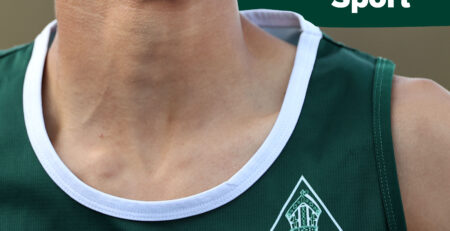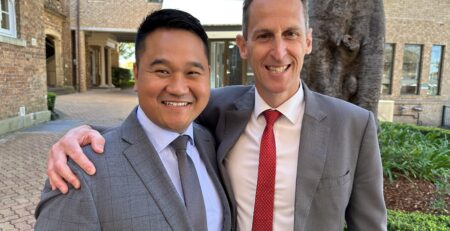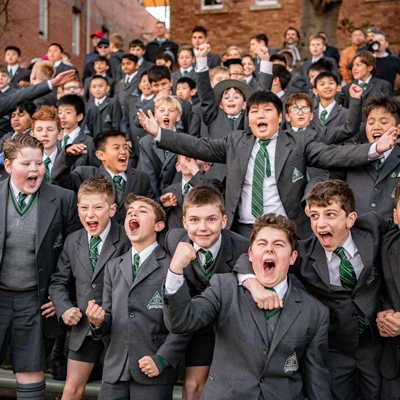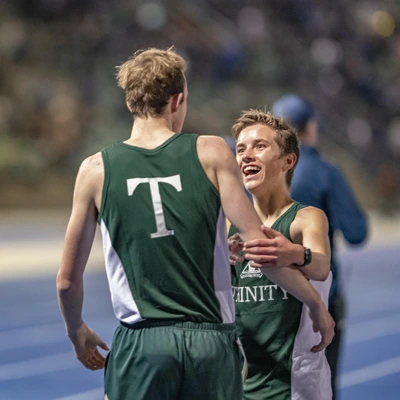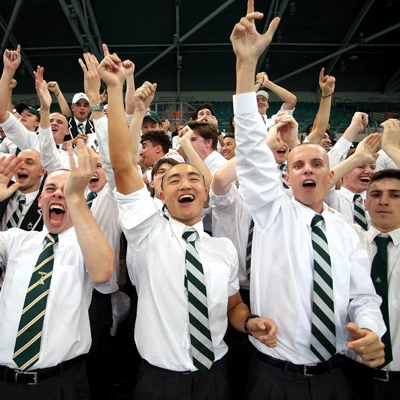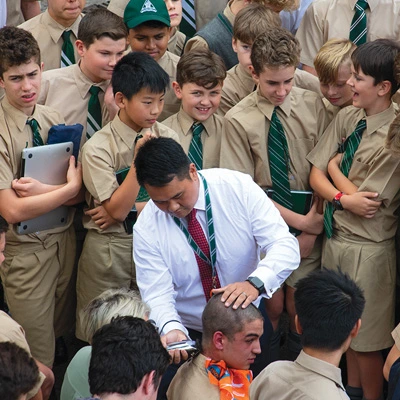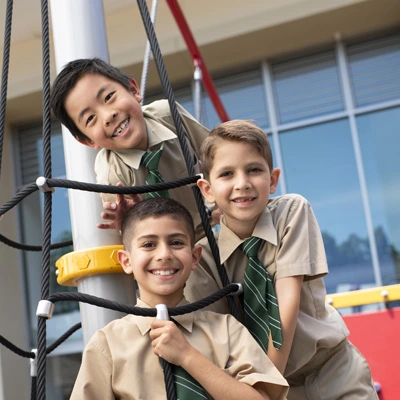From the Head of the Preparatory School
Student-led Conferences
Tuesday evening was a brilliant celebration of learning as the vast majority of our students were joined by their parents to attend this year’s Student-Led Conferences. It was such a pleasure to witness the enthusiasm and joy on the boys’ faces as they took pride in sharing their learning with their parents in their day-to-day learning environment. Experiences like this are a strong affirmation of the School’s focus on developing our young men as well-rounded learners who are reflective and aware of their strengths, achievements, areas for growth and next steps in learning. The ability of our boys to speak so confidently and openly about themselves as learners is a very sophisticated skill and will hold them in good stead for their future learning journey. Some photos from the afternoon / evening can be found at this link.
School Leaders in 2023
This week we took the next steps in selecting the School Leaders for 2023. Each of the boys in Year 5 who had nominated themselves had the chance to share a ‘6-word memoir’ about themselves and their suitability for a leadership role. It is amazing how such a succinct piece of writing can be used so effectively and powerfully to communicate so much. It was great to hear the boys share ideas that really define them and their current ideas about the concept of leadership. Each boy in Years 2 to 6 then voted for five boys through a confidential Google Form. The teachers and support staff have also had the chance to vote. This data forms the basis for the election process, with School leadership roles announced at Prize Giving on Friday 2nd December at Town Hall.
Learn to Swim Program
This week has been a big week for our Kindergarten and Year 2 students as they have engaged in an intensive Learn to Swim program as well as their usual academic learning. Next week Kindergarten continues for the second week, while Year 1 joins in for their week of lessons. I encourage parents to make this week’s experience a small, but integral part of a larger commitment to teaching the boys of the Prep School to swim. It is such a critical skill for now and the future.
PYP Exhibition
We are now only a few weeks away from the Year 6 PYP Exhibition which will take place on Monday 21st November from 6:00pm. The Year 6 Learning Centre is a hive of activity at the moment as boys are engaging in deep research and inquiry into their focus issue. I had a group of students come and interview me about the changing nature of education and inequality. Their questions demonstrated a very mature awareness of the issues, the way different perspectives influenced opinion on the issues, and the need for ongoing reflection and change in the future. I was super impressed! I am very much looking forward to seeing the fruits of the boys’ collective labour as they showcase their learning at the Exhibition. I am also looking forward to being challenged in my thinking! I strongly encourage all members of the School community to save the date and join in this great celebration of learning.
Flexible Personalised Learning – a new ‘fad’ or effective teaching and learning
In a somewhat serendipitous experience, last Wednesday I ran a parent information session that included speaking to parents about our ‘open-plan flexible learning spaces in Years 5 and 6’ and I was also sent an article from the Sydney Morning Herald that spoke poorly of such ‘fad’ teaching methods. Whilst at first glance, these two experiences would appear to be at odds with one another, I think the messages were far more aligned.
Throughout the presentation to parents I pointed out that building design has next to no impact on student learning or teaching effectiveness. Equally, I highlighted that innovative, student-centred teaching practices can at times be limited by classrooms designed for learning in a different era of education. The Learning Centres that have been designed and built at the Prep School in the last couple of years have been driven by a pedagogy (approach to teaching and learning) based on evidence-based practice. This pedagogy is called ‘Flexible Personalised Learning’, otherwise known as FPL.
The goal of this pedagogical initiative was to maintain high academic standards while increasing students’ independence, ownership of their learning, and the ability for teachers to differentiate learning through a more flexible learning environment. The effectiveness of this approach is clearly dependent on how well the teachers deliver this approach.
“How teachers teach is the key determinant of student results. Open-plan, flexible learning spaces struggle to foster student concentration and are particularly detrimental for hearing-impaired students,” the article report.
Throughout the implementation of Flexible Personalised Learning in the new Year 5 and 6 Learning Centres, we have regularly surveyed students on their experience, particularly noting how the approach has helped them to develop as learners. The following statistics highlight the reflections of Year 6 in Term 4 2023 having spent two years working within the FPL context.
- 89% of students strongly agree or agree that they are able to take personal responsibility for their own learning
- 92% of students strongly agree or agree that they feel able to learn productively in the learning environment
These statistics are also supported by students’ personal reflections about their experience of learning in this environment. Students comment they feel more aware of their learning needs and willing to make informed choices to get the support they require. Students also comment positively about the flexibility to work with different students and teachers.
It has also been interesting to track the teachers’ perception of their effectiveness as teachers within the space. Research conducted by John Hattie (2016) suggests that collective teacher efficacy, ‘the collective belief of teachers in their ability to positively affect students’, is the number one most significant influence on student learning outcomes. Flexible Personalised Learning requires teachers to work collaboratively with their grade team on all learning experiences. They are also ‘on show’ at all times. This consistent engagement with one another’s practice forces constant reflection on effectiveness and promotes ongoing refinement and growth. In so doing, the level of collective teacher efficacy increases.
A more complete summary of Flexible Personalised Learning, and the rationale for its implementation at the Prep School can be found below.
Flexible Personalised Learning at the Prep School
Trinity is committed to a culture of growth and continuous improvement. These two ideas have been the motivating force behind the development of the new Year 5 and 6 Learning Centres and the pedagogical approach that will drive learning within them.
Flexible Personalised Learning is a commitment to creatively and deliberately meeting the needs of the individual learners with a determined focus on growth. This is achieved by moving away from a traditional approach where 25 students work with one teacher in a classroom, to a more flexible and targeted approach where the 75 students are supported in their learning by three teachers and a teachers’ aide. This approach allows teachers to work collaboratively as a teaching team to design and differentiate learning experiences to meet students at their point of need, by grouping and regrouping.
Unlike normal classroom environments, students receive the benefit of having three teachers working in constant collaboration. Teachers plan together daily with a focus on where each student is up to in their learning, what their next steps are, and how the learning experiences can be designed to support this growth. No longer are teachers limited by time, expertise, insight or physical space. Instead, the teachers are provided with an environment that promotes flexibility, creativity and professional growth through a rigorous approach to collaborative planning.
This approach to learning and teaching drove the design of the new learning centres. To support flexibility, differentiation and collaboration, the learning spaces were designed with a focus on visibility, light, ventilation, acoustics, comfort and productivity. The learning centres contain various zones that can be used in differing ways according to the plans of the teachers and needs of the students. The furniture choices have also been deliberate, seeking to provide furniture that supports flexibility and collaboration.
The joy of learning in these new spaces is that no two days are the same. Whilst we haven’t done away with routines or timetables, each day and each lesson provide students and teachers the opportunity to take advantage of options with furniture, staffing, grouping and learning preferences.
Transition to Year 7
Given the age of the students, and the impending transition to Year 7 and beyond, students are empowered to own responsibility for many of the choices made in the learning environment. This is not done lightly, but with the support and guidance of teachers to ensure students make wise, growth-focused choices.
Becoming comfortable working with a variety of teachers is also purposeful as students look ahead to working with a different teacher for each subject in Year 7.
Managing a locker, and the lock, can often cause students considerable frustration when they transition to high school. To support this aspect of their transition, lockers have been incorporated into the new Learning Centres.
HATTIE, J. (2016). Third Visible Learning Annual Conference: Mindframes and Maximizers, Washington, DC, July 11, 2016. (Programme)
‘Open-plan classrooms encourage ‘fad’ teaching methods, inquiry finds’ – Sydney Morning Herald
Chris Wyatt | Head of the Preparatory School

